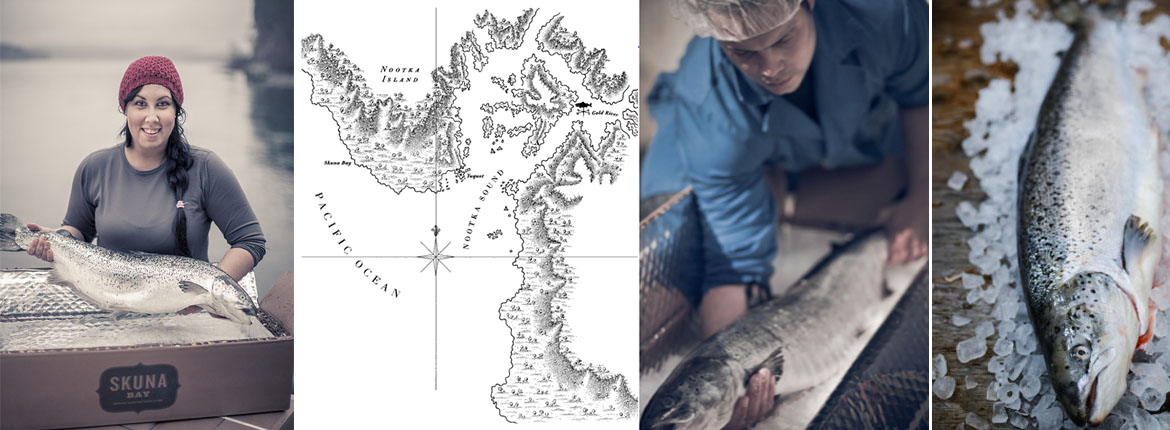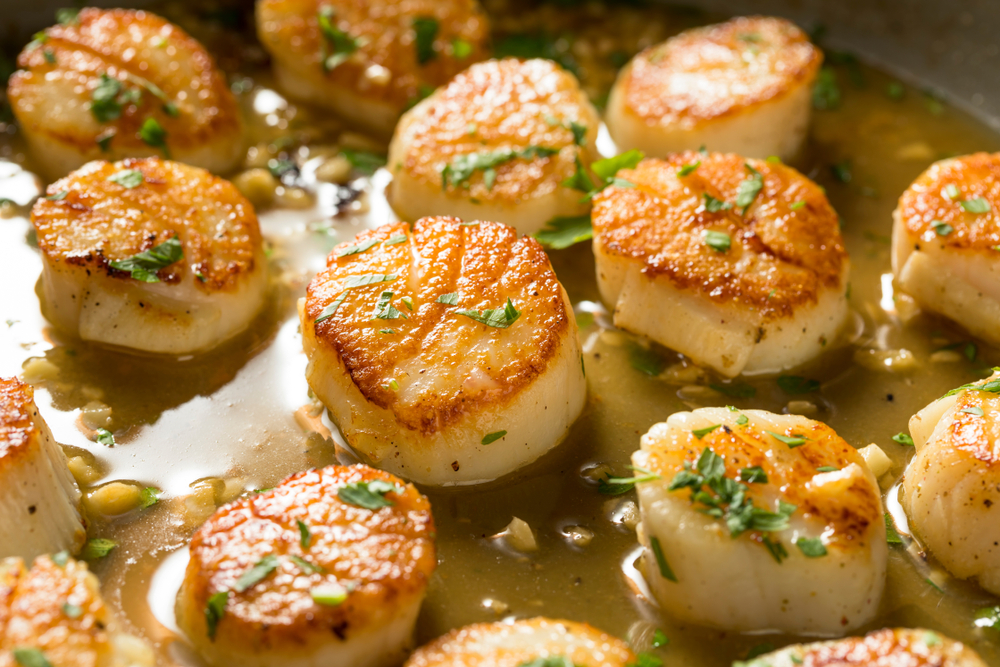Hardshell Clams
Manilas, littlenecks, cherrystones, topnecks and quahogs are all names for hardshell clams that reflect their size. Clams are harvested by hydraulic dredges, hand rakes and scissor like tongs, then sold live in bags. While they can be found from the Gulf of Mexico to the Canadian Maritimes, the majority of the U.S. clam harvest is taken between Florida and Massachusetts. Manila Clams come from the Pacific Northwest region, while most of the other sizes are sourced from the Cape Cod area on the East Coast.
Sizing (from smallest to largest):
Manila Clams – average 18 pieces per pound
Littlenecks – average 6 pieces per pound
Topnecks – average 4 pieces per pound
Cherrystones – average 3-4 pieces per pound
Quahogs – average 2-3 pieces per pound
Common Name
Clams, Manilas, Littlenecks, Topnecks, Cherrystones, Quahogs, Chowders
Scientific Name
Mercenaria mercenaria
Seasonal Availability
Year-round
Primary Product Forms
Fresh: Live in the shell
Frozen: Whole in the shell, shucked with clam liquor
Product Profile
Mild
Moderate
Full
Delicate
Medium
Firm
Enjoy littlenecks raw on the half-shell, fried or steamed. In soup, add minced clams at the simmer stage, steep for five minutes and serve. Cherrystones are sometimes eaten raw but more often are broiled, chopped for chowder or baked in dishes like clams casino. Large hardshells are stuffed or used in chowders, clam cakes and similar dishes. Whole, frozen clams must be served immediately upon thawing. If they are allowed to warm up, bacteria growth is rapid.
Wild and farmed. Most hardshell clams are from the East Coast (Cape Cod area) with the exception of manila clams which are from the Pacific Northwest region.
Rated Best Choice (green) by Monterey Bay Aquarium’s Seafood Watch Program.
The ocean quahog (Artica islandica) is among the longest-lived animals; one was estimated to be between 405 and 410 years old in 2007.







